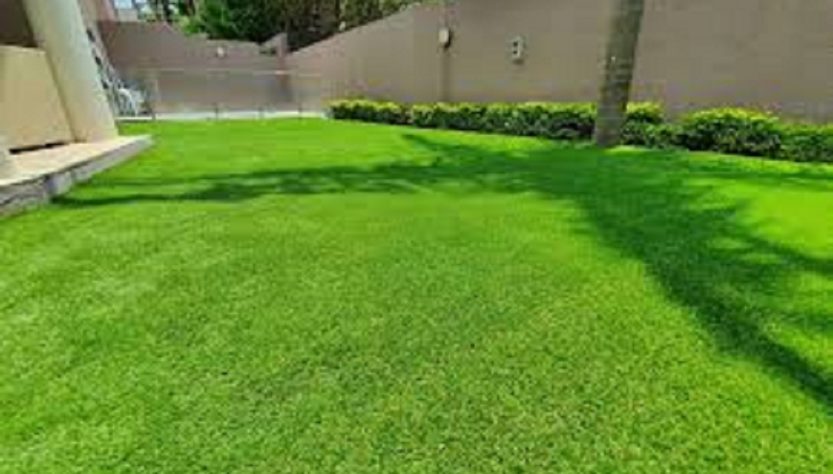Just like with real grass, of course, synthetic grass needs to be prepared as well. Synthetic grass requires a smooth lawn that is free from pests, so the first step is to spray the area where the fake grass will be installed with anti-pest spray.

Start mapping out which parts will be sprayed. Use a circular motion to make sure the pests are eliminated, try to use the same brand of product for the pest killing process. Since pest sprays can take some time to get the desired results down to the roots, do this two weeks before you move on to the next steps.
After all the pests and plants have been eliminated, it’s time to make sure the area to be installed is level and smooth. Dig about 7.5 to 10 centimeters of the outer edge of the soil to provide a new, smoother foundation. You should wait until the area is exposed to rain and use a mini-tiller to make it easier to dig, “chop” the soil and any uneven foundation caused by dead plants and pests.
The ground is flat, ready to be installed with grass, there is still 1 more preparation. Synthetic grass does not need water. The name outdoor yard is water-friendly, at least rainwater. Use a water filtration system to make sure the water doesn’t get trapped on the artificial grass later. If you have more money, try installing a waterproof barrier and weeds to maintain the quality of the outdoor artificial grass later.
Installing the foundation material starts with buying crushed rock. Fill the prepared area about 7.5–10 cm using gravel to prevent clogging and increase water flow. If the area you choose has a hard base, choosing a rubber base will work well.
Rubber foundations are effective in overcoming uneven ground. Besides, for those of you who believe small children will spend a lot of time playing in the outdoor synthetic grass area that you install, rubber foundations are much safer than stones. Still, confused about choosing stone or rubber? If you are sure the area is level and there are no problems with the water, you don’t need any grounding.

